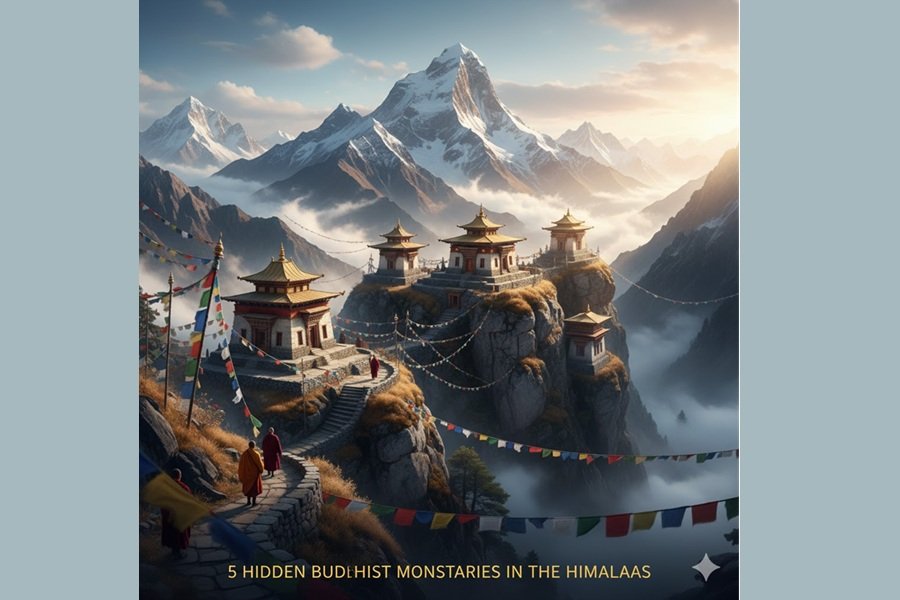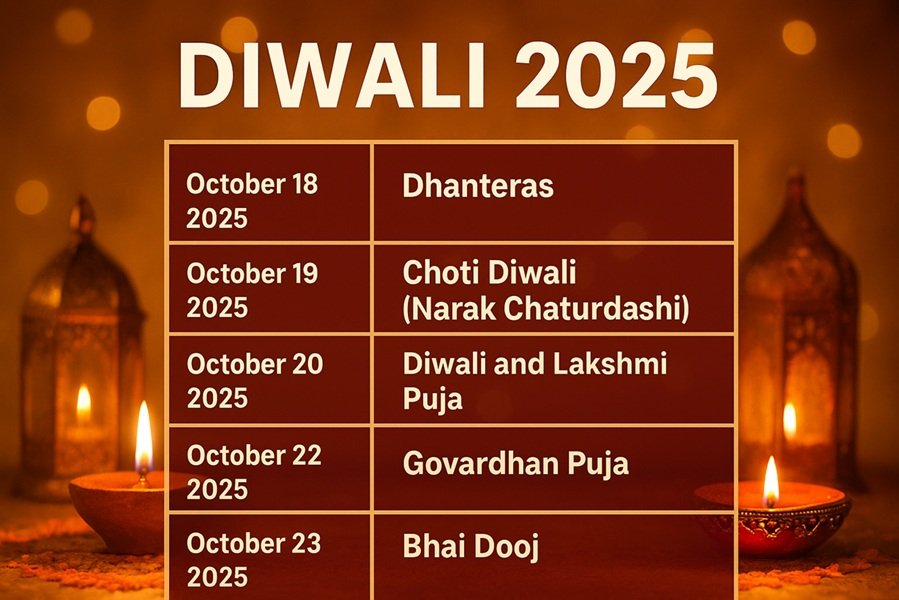
The Himalayas — often called the “Abode of the Gods” — are not just majestic mountains; they are also the spiritual backbone of Asia. Nestled within their misty folds are ancient Buddhist monasteries that have stood for centuries, echoing with chants, prayer wheels, and timeless wisdom.
While famous monasteries like Hemis, Tawang, or Rumtek draw thousands of visitors every year, there exist hidden gems — lesser-known Buddhist monasteries tucked away in remote valleys and high-altitude passes — where serenity meets spirituality.
Here are 5 hidden Buddhist monasteries in the Himalayas that remain untouched by mass tourism but radiate a spiritual energy unlike any other place on Earth. 🌄
1. Phugtal Monastery, Zanskar Valley, Ladakh
Location: Lungnak Valley, Zanskar region, Ladakh
Altitude: 3,800 meters
Carved into a massive cliffside above the Lungnak River, Phugtal Monastery (Phugtal Gompa) looks as if it’s suspended between heaven and earth. Founded in the early 12th century by the Tibetan scholar Jangsem Sherap Zangpo, it remains one of the most secluded Buddhist monasteries in the world.
Accessible only by a trek through rugged mountain trails, Phugtal feels like a living relic of ancient Buddhist civilization. The monastery’s honeycomb-like architecture, meditation caves, and stunning natural backdrop make it a true hidden wonder.
🧘 Why Visit:
- Experience pure monastic life in isolation.
- Witness ancient wall paintings and scriptural relics.
- The night sky here is a celestial spectacle — one of the clearest in the Himalayas.
Travel Tip: Visit between June and September when the passes are open. Stay at the small guest quarters run by the monks for a truly immersive experience.
2. Tholing Monastery, Ngari Region, Western Tibet (Near Indian Border)
Location: Zanda Valley, Ngari Prefecture, Tibet Autonomous Region
Altitude: 3,700 meters
Founded in the 10th century by the great translator Yeshe-Ö, Tholing Monastery was once a hub of Buddhist scholarship and art in Western Tibet. Despite its historical importance, few travelers reach here due to its remote location near the India-China border.
Its murals, some over a thousand years old, depict influences from Kashmir, Central Asia, and Tibet, reflecting a blend of Buddhist art forms that are now rare to find.
The monastery’s name “Tholing” translates to “hovering in the sky” — and standing amid the surreal, desert-like landscapes of the Ngari region, it truly feels otherworldly.
🌄 Why Visit:
- Explore one of the oldest surviving monasteries in Tibet.
- Admire ancient frescoes and early Buddhist art.
- Witness a rare fusion of Indian-Tibetan spiritual culture.
Travel Tip: Requires a Tibet travel permit. Best visited from May to October with a local guide.
3. Tabo Monastery, Spiti Valley, Himachal Pradesh
Location: Tabo Village, Spiti Valley
Altitude: 3,280 meters
Nicknamed the “Ajanta of the Himalayas”, Tabo Monastery is a treasure of Buddhist art and heritage dating back to 996 CE. Hidden in the barren yet beautiful valley of Spiti, this monastery is believed to be one of the oldest continuously operating Buddhist institutions in the Himalayas.
Within its mud-walled complex lies a world of ancient frescoes, thangka paintings, and intricate sculptures that depict the Buddhist pantheon with stunning detail. The monastery’s simple exterior hides immense historical depth and spiritual warmth.
🪷 Why Visit:
- Explore 1,000-year-old paintings and murals.
- Stay with local monks and attend morning prayers.
- Experience absolute tranquility away from city life.
Travel Tip: Tabo is accessible by road from Kaza and Rekong Peo. Visit between May and October for pleasant weather and open mountain passes.
4. Lamayuru Monastery, Ladakh
Location: Lamayuru, between Kargil and Leh
Altitude: 3,510 meters
Perched dramatically on a rugged hill, Lamayuru Monastery is often called the “Place of Freedom” or Yuru Gompa. Founded in the 11th century, it’s one of the oldest monasteries in Ladakh and is home to the Drikung Kagyu sect of Tibetan Buddhism.
Lamayuru is surrounded by surreal lunar-like terrain — often referred to as the “Moonland of Ladakh” — making it not just a spiritual haven but also a photographer’s paradise.
Despite being relatively easy to reach, it remains less crowded compared to monasteries near Leh, preserving its meditative calm.
🙏 Why Visit:
- Witness the annual Yuru Kabgyat festival filled with mask dances.
- Meditate in ancient caves used by monks for centuries.
- Enjoy panoramic views of the “Moonland” landscape.
Travel Tip: You can reach Lamayuru via the Leh–Srinagar highway. Plan your visit in June or July for the festival.
5. Pemayangtse Monastery, West Sikkim
Location: Near Pelling, West Sikkim
Altitude: 2,085 meters
Meaning “Perfect Sublime Lotus,” Pemayangtse Monastery is one of the oldest and most spiritually significant monasteries in Sikkim. Built in the 17th century by Lama Lhatsun Chempo, it once served as the spiritual center of the Sikkimese royal family.
Hidden amidst dense forests and overlooking the majestic Kanchenjunga, the monastery radiates peace and devotion. Its exquisite wooden sculptures, sacred relics, and panoramic views make it an unforgettable Himalayan experience.
🕊️ Why Visit:
- Explore ancient relics and handcrafted statues.
- Attend evening prayers amid rhythmic chanting.
- Experience stunning sunrise views over Kanchenjunga.
Travel Tip: Visit between March and June or September to November for clear skies and pleasant weather.
The Timeless Spirit of the Himalayas
What makes these monasteries so unique is not just their isolation, but their enduring spirit of mindfulness, humility, and compassion.
Hidden among towering peaks and silent valleys, these sacred spaces invite travelers to slow down, breathe deeply, and reconnect with their inner selves.
Whether you seek spirituality, adventure, or just silence away from chaos, these hidden Buddhist monasteries offer a rare glimpse into a world where time moves gently and souls find peace.








